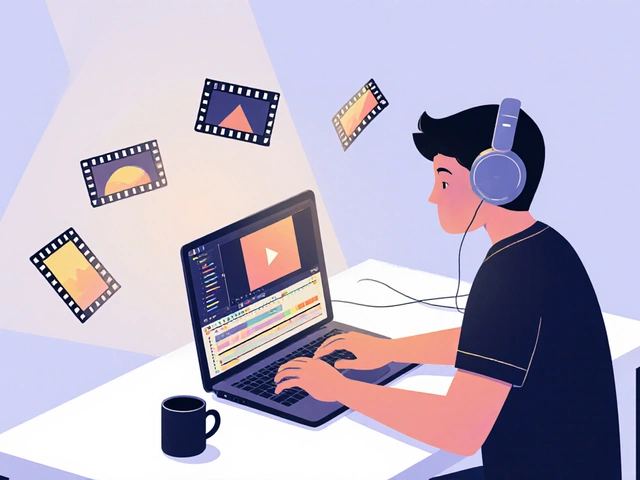Data Consumption: What It Is and Why It Matters
Every time you stream a video, read an article, or fill out a form, you’re consuming data. That data lives on servers, in apps, and even on your phone. Knowing where it goes helps you stay in control and avoid surprises like unexpected bills or privacy leaks.
Think of data consumption like the food you eat. Too much junk can make you feel sick, while a balanced diet keeps you healthy. The same goes for digital data: too many apps collecting info can overload you, but smart choices let you use data to improve your work, learning, and entertainment.
How to Track Your Data Use
Most phones and browsers have built‑in counters. On iOS, go to Settings > Cellular to see which apps eat the most data. Android users can open Settings > Network & internet > Data usage. For a PC, check the task manager or use a Chrome extension that shows monthly traffic.
Write down the top three offenders each week. If a streaming app takes 40 % of your monthly cap, consider lowering the video quality or downloading content offline. Small tweaks add up fast.
Protecting Your Data While Consuming It
Privacy isn’t just a buzzword; it’s a habit. Use a password manager to avoid reusing passwords, and enable two‑factor authentication wherever possible. When a site asks for more info than it needs—like your birthday for a newsletter—skip those fields.
Make use of built‑in privacy settings. Social platforms let you hide your profile from public search, and many video services let you clear watch history. Clearing cookies regularly also reduces tracking while you browse.
For businesses, data consumption includes how much video footage you store, edit, and share. Choose a video editing software that compresses files without losing quality—this cuts storage costs and speeds up uploads. If you’re handling client footage, lock down access with encrypted cloud folders.
Remember, data protection laws like GDPR affect everyone, even if you’re based in the US. Knowing your rights—like the ability to request a copy of your data—helps you stay on the right side of the law.
Finally, turn data into a resource. Use analytics tools to see which videos get the most views, then focus on that style. Track which marketing emails get opened and tweak the subject lines. The more you understand your own consumption patterns, the better you can adapt.
In short, keep an eye on what you consume, lock down your privacy, and use the insights you gather to make smarter decisions. Your digital life will run smoother, cost less, and stay safer.
22
How Much Data Does a 10‑Minute YouTube Video Use?
Find out exactly how many megabytes a 10‑minute YouTube video consumes, compare resolutions, and learn practical tips to keep your data in check.
Latest Posts
Popular Posts
-
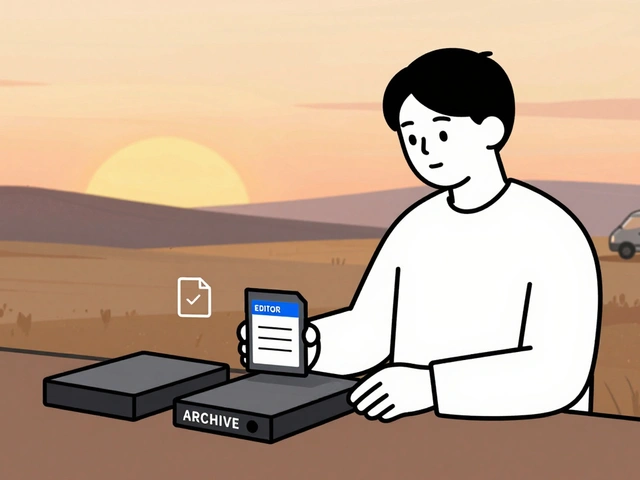 Data Management: DIT, Backups, and Archival Best Practices for Video Teams
Data Management: DIT, Backups, and Archival Best Practices for Video Teams
-
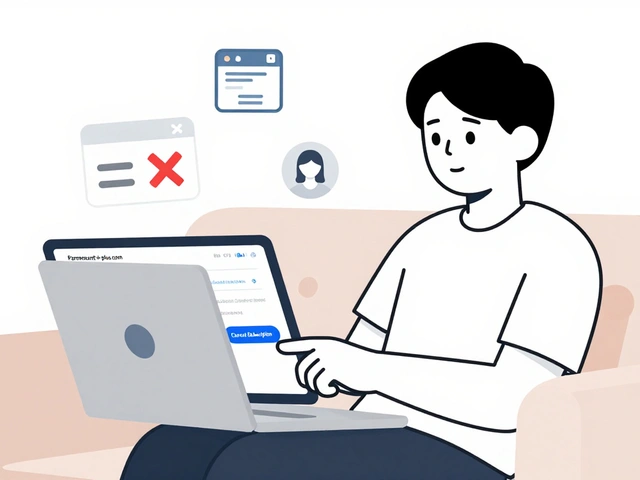 How to Cancel Paramount+: Step-by-Step Guide
How to Cancel Paramount+: Step-by-Step Guide
-
 IMDb’s Top 250 Explained: Why The Shawshank Redemption Still Reigns
IMDb’s Top 250 Explained: Why The Shawshank Redemption Still Reigns
-
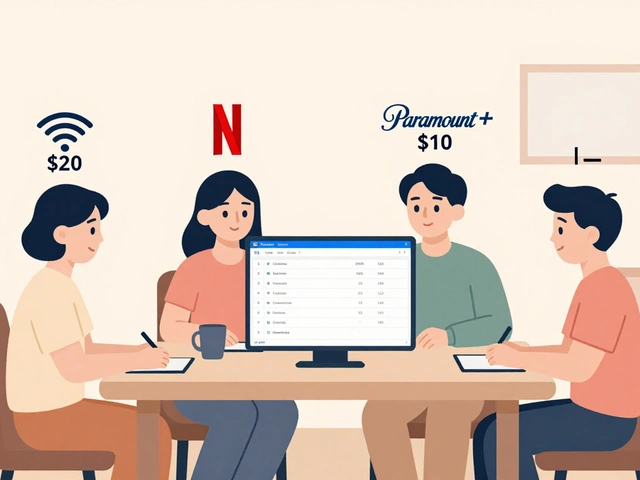 How Roommates Can Fairly Share Wi-Fi and Streaming Costs
How Roommates Can Fairly Share Wi-Fi and Streaming Costs
-
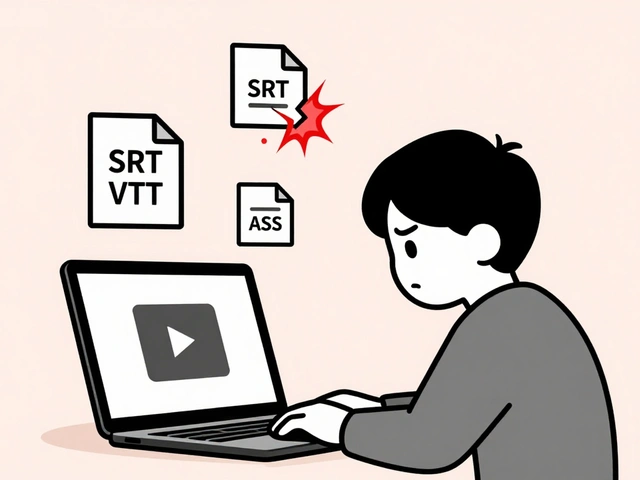 Why Subtitles Aren't Working: Fix Common Video Text Issues
Why Subtitles Aren't Working: Fix Common Video Text Issues


